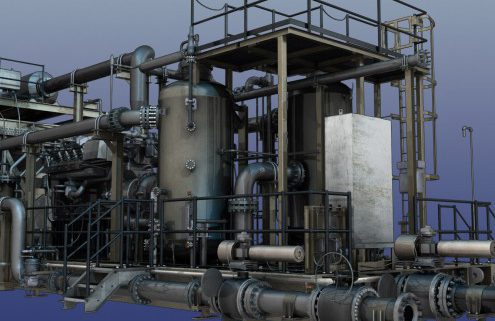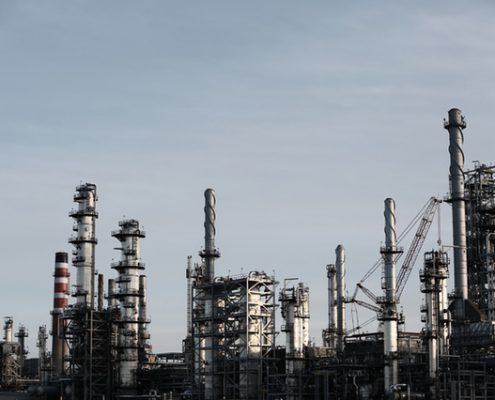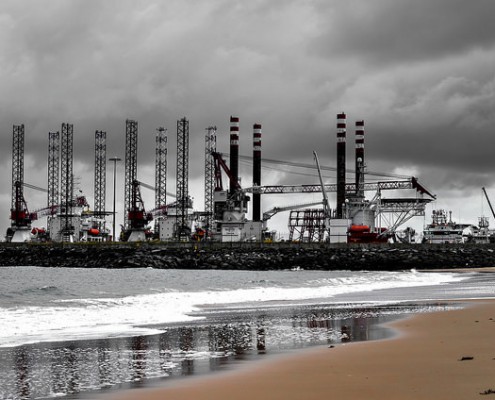How Technology Can Help Cut Oil and Gas Development Costs
Many leaders in the oil and gas development space are looking to do everything they can to keep their costs as low as possible. In many ways, the surveying portion of a large oil and gas project provides many of the best opportunities for cost savings. In addition to requiring a significant amount of manpower (which of course contributes to higher costs), surveying that takes too long can also give rise to delays in the project schedule, which in turn increases the wait required for the project to become profitable.
Fortunately, there are many new technologies available today that can help contribute to a more cost-effective surveying process. In this post, we’ll take a quick look at just a few of them.
Unmanned Aerial Vehicles (UAVs)
Unmanned aerial vehicles, commonly known as drones, have begun to be adopted in a wide variety of industry applications, with land surveying being among the most promising. Simply put, using UAVs to gather land data instead of traditional terrestrial teams can help significantly speed up the surveying process, leading to a quicker return on investment.
UAVs can travel as the crow flies, capturing images of large swaths of land as they go. Unlike surveyor teams on land, they aren’t slowed down by difficult terrain. In addition, the land surveying data that UAVs collect can be processed and turned around for the project team to use within 24 hours. As a result, the days of waiting for surveying data to be completed before moving forward with a project are a thing of the past.
Finally, using a single UAV operator in place of a team of surveyors leads to lower labor costs in the land surveying process.
3D Laser Scanning
With 3D laser scanning, land surveying teams can quickly gather extremely detailed and accurate representations of the land where an oil and gas development project will be built. In turn, this data can be used to build 3D models of that land. This will allow project leaders to decrease guesswork and make more informed, confident decisions.
3D laser scanning can contribute to lower costs for oil and gas development projects by ensuring that the project team makes the right decision the first time. Making decisions based on inaccurate assumptions will inevitably lead to time-consuming and costly rework. Building 3D models with the results of their laser scanning allows project leaders to create a plan that makes the most of both time and resources.
Cloud Data Storage
While new technologies such as UAVs and 3D laser scanning have clear benefits, they also create the challenge of generating massive amounts of data. As a result, oil and gas project leaders need to store that data in a manner that’s secure and cost-effective, while also ensuring that those who do need access to that data can get it. Fortunately, cloud data storage is able to meet these needs.
First, storing survey data on the cloud allows organizations to remove the burden of building their own storage infrastructure. In place of building their own data center—complete with very high up-front costs—the cloud allows project teams to take advantage of someone else’s data center, while simply paying a more manageable monthly fee. In addition, the cloud provides universal access to the data that team members need to do their jobs, on any device at any time. As a result, team members can make the most effective use of the time they spend working.
In Conclusion
Working with a land surveying partner that provides a complete, end-to-end surveying solution is the best way to take advantage of all these powerful technologies at once. Contact Landpoint today to learn more about how we can help you.







